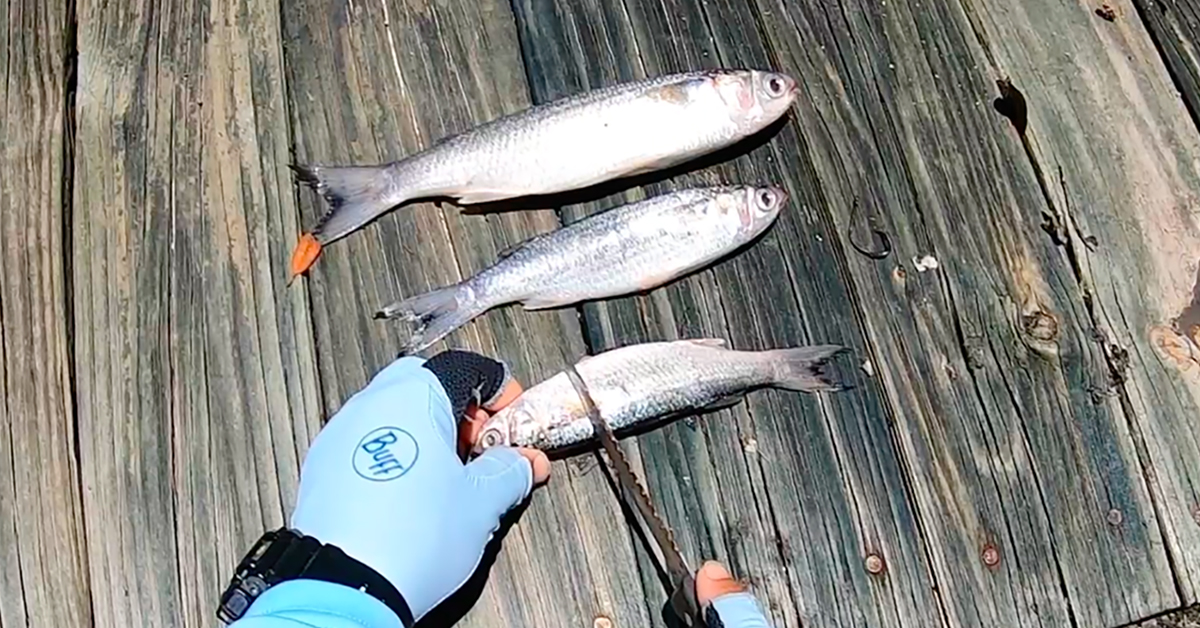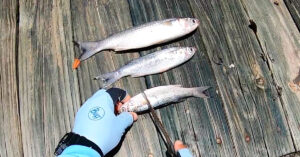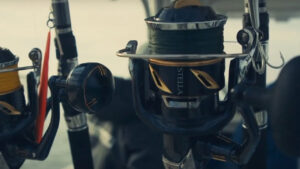When you’re targeting big saltwater species, few methods rival the effectiveness of cut bait. Whether you’re fishing from shore, a pier, or a boat, properly prepared cut bait can outfish artificial lures and live bait under the right conditions. But when should you use it—and how do you prep it for maximum results?
Why Cut Bait Works
Cut bait offers a strong, natural scent trail in the water, which is key when fishing in current or low-visibility conditions. It appeals to a predator’s sense of smell and taste, triggering strikes even from sluggish or opportunistic feeders.
Species like redfish, snook, sharks, bluefish, catfish (in brackish waters), and even tarpon will readily take cut bait when other offerings get ignored. The key is knowing when to use it and how to prep it right.
Best Times to Use Cut Bait
1. Strong Currents or Tidal Flow:
Cut bait shines when water movement is strong. The current helps disperse the scent, drawing fish from a distance. Use it during changing tides—especially outgoing tides when predators lie in wait.
2. Low-Light Conditions:
Dawn, dusk, and nighttime are perfect for cut bait. Visual feeding cues drop, and scent becomes the fish’s main tool. If you’re fishing after dark or in murky water, cut bait increases your chances dramatically.
3. After a Storm or When the Water’s Dirty:
Post-storm fishing can be hit or miss, but cut bait improves your odds in churned-up, stained water. Fish can’t see well, so scent becomes king.
4. When Targeting Bottom Dwellers or Scavengers:
Species like catfish, stingrays, black drum, and sharks are natural scavengers that key in on scent. If you’re dropping baits near the bottom, especially around structure or channels, cut bait is often your best bet.
How to Prepare Cut Bait Properly
Step 1: Choose the Right Baitfish
Common choices for saltwater cut bait include:
- Mullet
- Menhaden (bunker/pogies)
- Ladyfish
- Sardines
- Squid
- Mackerel
Fresh is always better. If you can catch your own baitfish just before using them, you’ll get better scent and presentation.
Step 2: Cut Strategically
- Head pieces: Great for stronger scent and staying on the hook longer—ideal for sharks and large gamefish.
- Body chunks: Effective for medium-sized predators. Cut into 1–2″ pieces depending on target species.
- Fillets or strips: Use thinner strips when you want more movement in the water column, especially if fishing off the bottom.
Step 3: Keep It Cool (But Not Frozen)
Store your cut bait on ice in a cooler, but avoid freezing it. Frozen bait gets mushy and falls off hooks easily once thawed. If you must use frozen bait, thaw it slowly and avoid overhandling.
Step 4: Match the Rig to the Bait
- Circle hooks are ideal—they increase hook-up ratios and reduce gut-hooking.
- Use a fish-finder rig, Carolina rig, or simple weight-and-hook setup depending on water depth and current.
- For toothy fish, consider a wire leader; for more subtle presentations, go with fluorocarbon or mono.
Bonus Tip: Add a Bit of Oil or Scent
Some anglers swear by adding menhaden oil or commercial fish attractants to their cut bait. It can help reinforce the scent trail, especially in heavy current or during long casts.
Final Thoughts
Cut bait isn’t just a “last resort” tactic—it can be your go-to method when used correctly. It’s especially deadly in tough conditions where other bait types fall short. By understanding the best times to deploy it and how to prepare it the right way, you’ll have a potent tool in your saltwater fishing arsenal.







